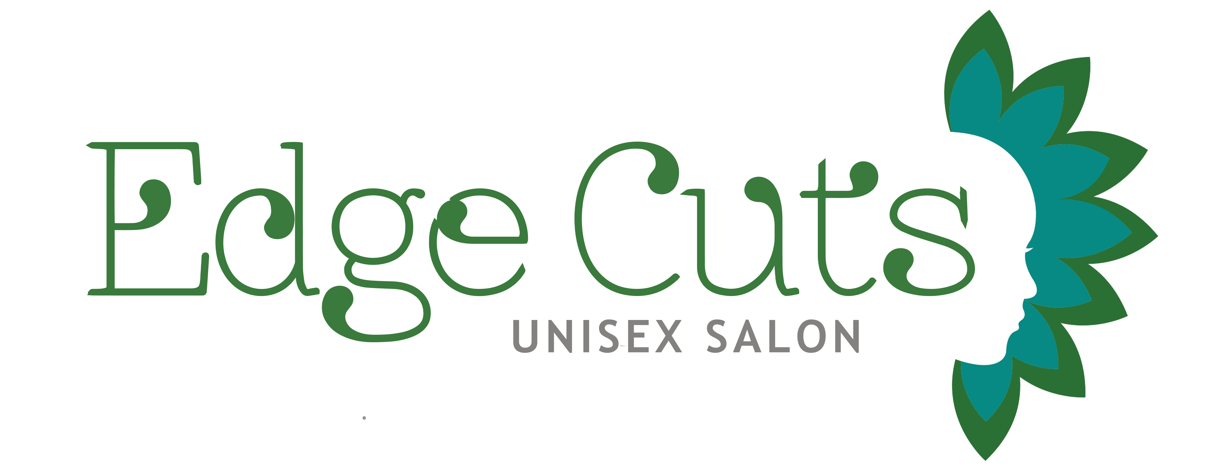Hair Myths Debunked: What Really Works for Healthy Hair

The world of hair care is filled with advice that often sounds too good to be true—or is it? From grandma’s remedies to the latest beauty trends, we’ve all heard a myriad of hair care myths. But with so many conflicting opinions out there, it can be hard to know what really works. Let’s set the record straight by debunking some of the most common hair myths and uncovering the truth about what truly promotes healthy hair.
Myth 1: Trimming Your Hair Makes It Grow Faster
The Truth: Trimming your hair does not influence its growth rate. Hair growth occurs from the follicle in the scalp, not from the ends. Regular trims do help keep split ends at bay and prevent breakage, which can make your hair appear healthier and thicker, but they don’t affect how quickly your hair grows. On average, hair grows about half an inch per month, regardless of how often you trim it.
Myth 2: More Shampoo Equals Cleaner Hair
The Truth: Using excessive amounts of shampoo doesn’t make your hair cleaner. In fact, it can strip your hair and scalp of their natural oils, leading to dryness and irritation. A small amount of shampoo is usually sufficient to cleanse your hair. Focus on massaging your scalp gently and thoroughly to remove dirt and oil. Also, remember to rinse your hair well to avoid residue buildup.
Myth 3: Conditioner Makes Hair Greasy
The Truth: Conditioner is designed to add moisture and smoothness to your hair, which is especially important if you have dry or damaged hair. The key is to apply conditioner primarily to the ends of your hair and avoid the scalp area if you have oily hair. Using a lightweight or leave-in conditioner can also help prevent greasiness while still providing hydration.
Myth 4: You Should Wash Your Hair Every Day
The Truth: Washing your hair daily is not necessary for most people and can actually be detrimental, particularly if you have dry or curly hair. Daily washing can strip away natural oils, leading to dryness and potential scalp irritation. Most people find that washing their hair 2-3 times a week is sufficient, but it depends on your hair type, lifestyle, and personal preference.
Myth 5: Brushing Your Hair 100 Strokes a Day is Good for It
The Truth: Excessive brushing can cause more harm than good. Over-brushing can lead to breakage and damage. Instead, use a wide-tooth comb or a brush designed for your hair type to gently detangle your hair. Brush your hair as needed, focusing on gentle strokes to avoid damaging your strands.
Myth 6: Hair Products Can Change Your Natural Texture
The Truth: While products like serums, gels, and styling creams can help manage and enhance your hair’s appearance, they cannot fundamentally alter your hair’s natural texture. Products can provide temporary effects such as smoothing or volumizing, but your hair’s underlying texture remains the same. To manage different textures, focus on using products designed to enhance or tame your natural hair type.
Myth 7: Natural Hair Products Are Always Better
The Truth: Natural hair products can be beneficial, but they’re not always the best option for everyone. The effectiveness of a product depends on its formulation and how well it meets your specific hair needs. Some natural products might work wonders for certain hair types but could cause issues for others. It’s essential to choose products based on your hair type and concerns, whether they are natural or synthetic.
Myth 8: Using Hot Water is Good for Your Hair
The Truth: Washing your hair with hot water can actually strip away essential oils, leading to dryness and irritation. It’s better to use lukewarm water for washing your hair and finish with a cool rinse. The cool water helps to seal the cuticle and add shine, while lukewarm water helps to cleanse without causing damage.
Myth 9: Hair Color and Treatments Are Always Damaging
The Truth: While chemical treatments and hair color can potentially damage your hair, modern formulations and techniques have improved significantly. Using high-quality products, following proper aftercare, and giving your hair regular treatments can minimize damage. If you’re concerned about damage, consider opting for less harsh methods like semi-permanent colors or natural dyes.
Myth 10: Hair Can Be Completely Repaired After Damage
The Truth: While you can improve the appearance and health of damaged hair with treatments and good care, it’s challenging to completely repair hair that has been significantly damaged. Regular trims, moisturizing treatments, and a healthy hair care routine can help manage and reduce the appearance of damage, but the hair itself may not return to its pre-damaged state.
Conclusion
Navigating hair care advice can be tricky with so many myths and misconceptions floating around. By debunking these common myths, we can better understand how to genuinely care for our hair and achieve healthier, more vibrant locks. Remember, the key to great hair is understanding your unique needs and choosing the right products and practices that work for you. If you have specific concerns or persistent issues, consulting a professional stylist or dermatologist can provide personalized advice and solutions.
What hair myths have you encountered? Share your experiences and thoughts in the comments below!
